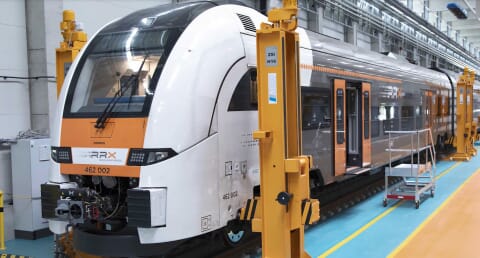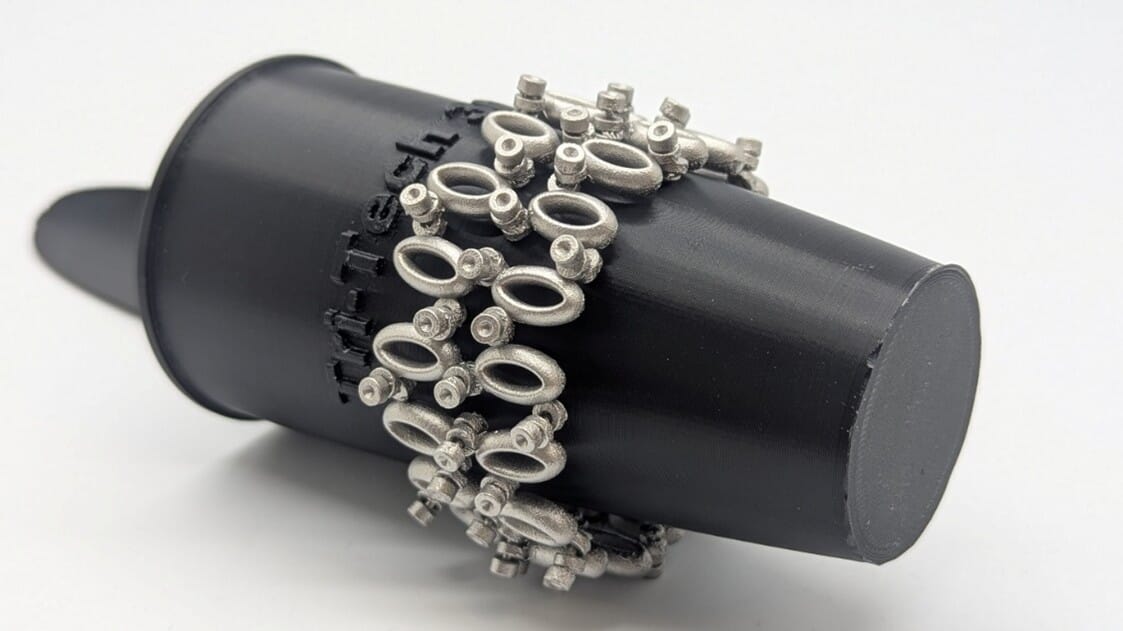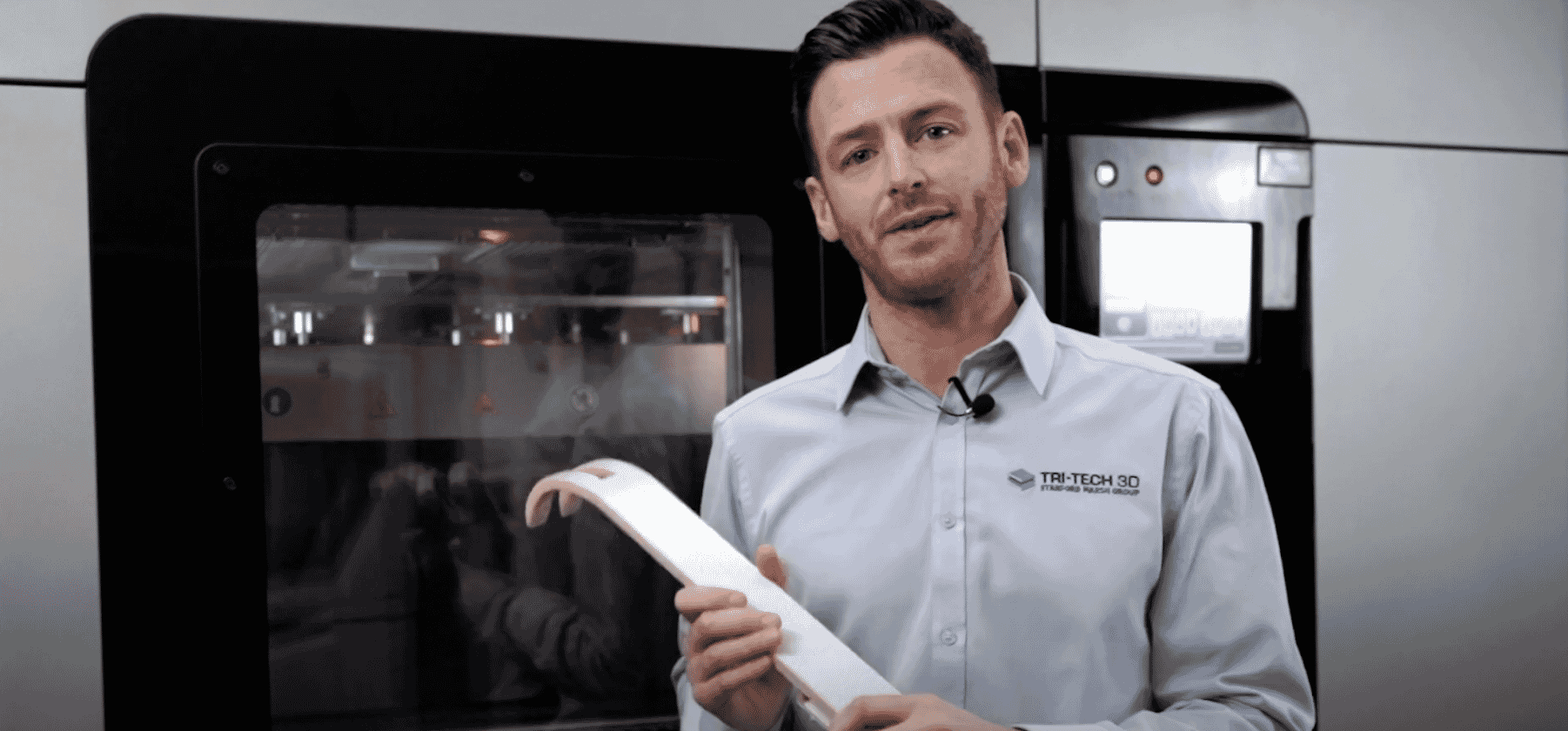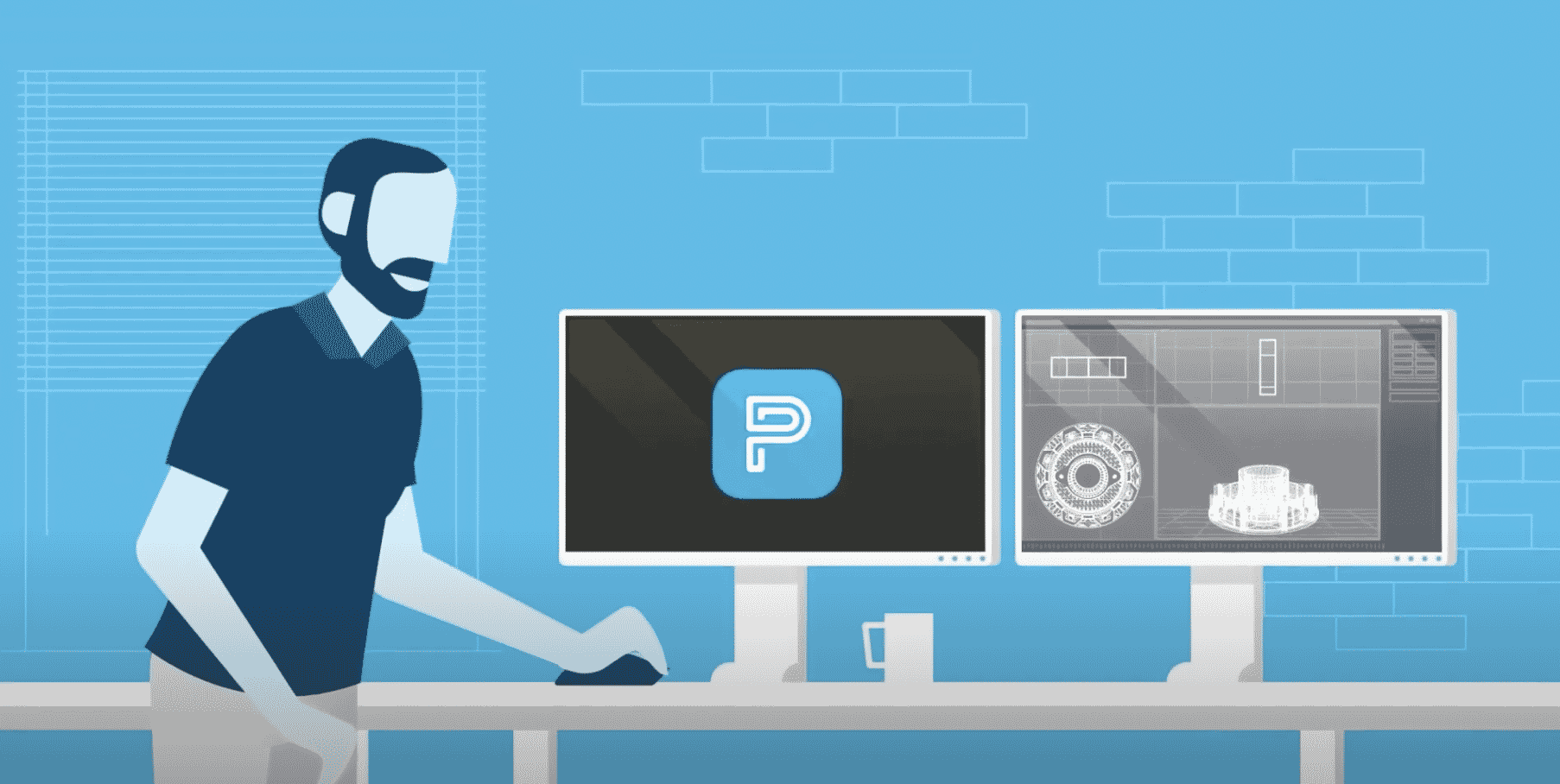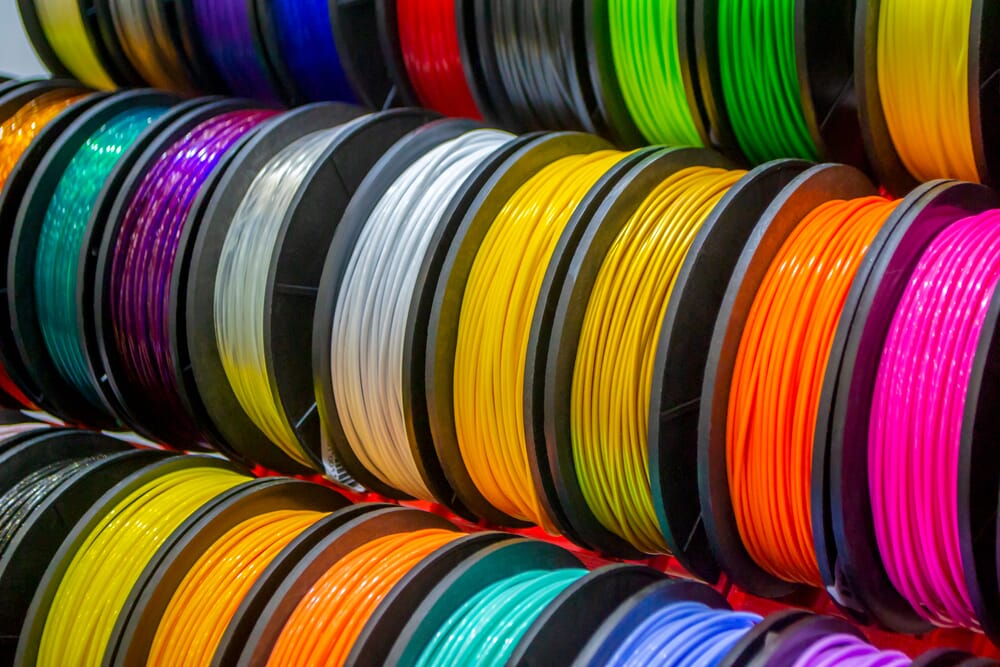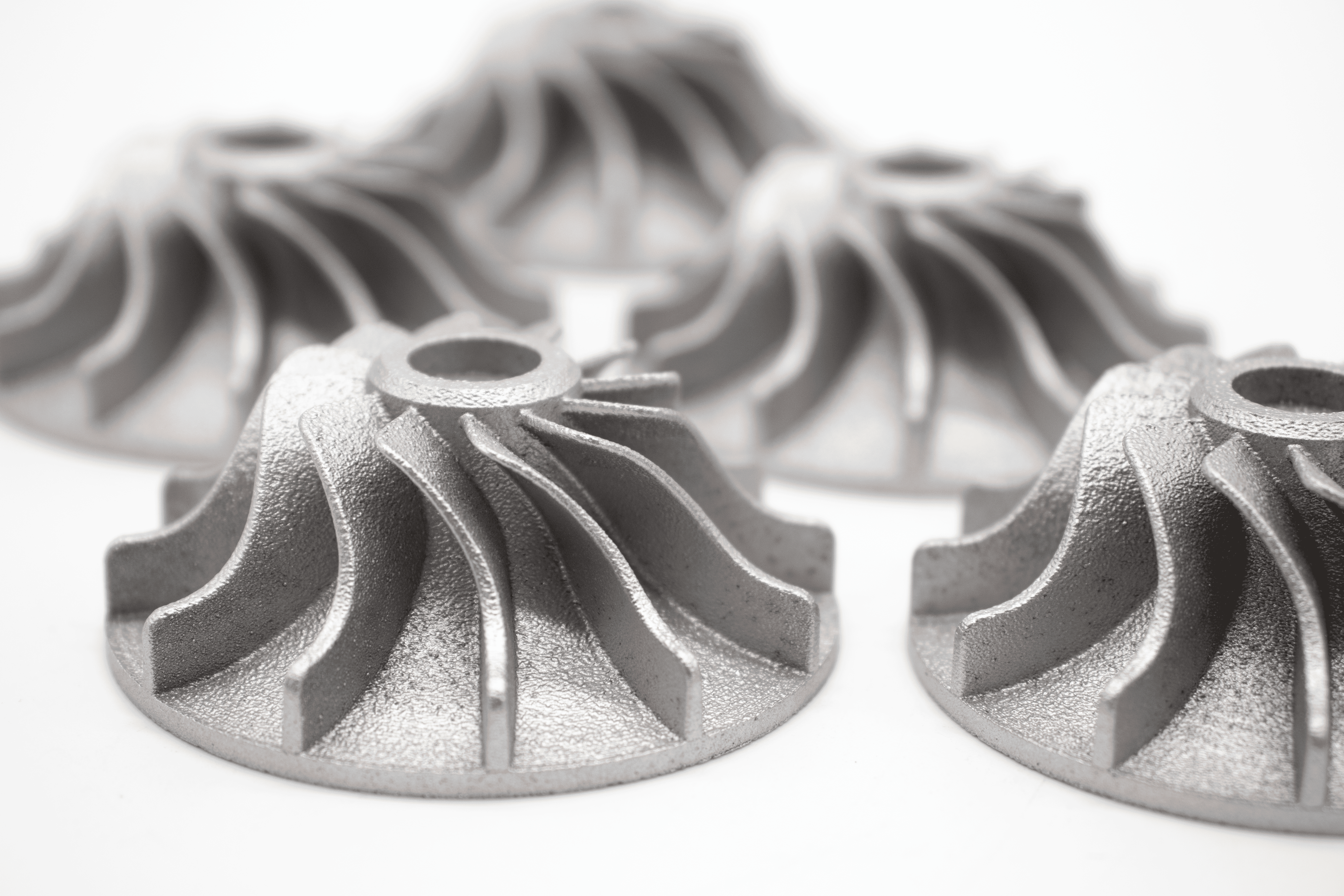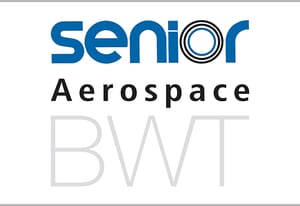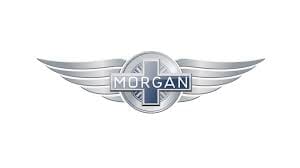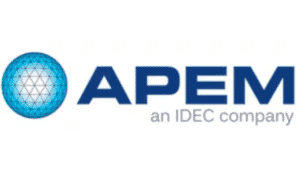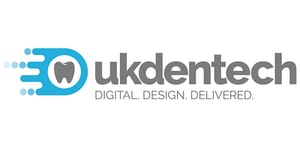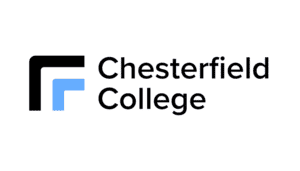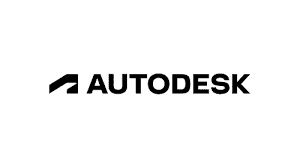FDM printing cuts time and costs, and combats obsolescence
The rail industry is viewed as being more traditional than either automotive or aerospace industries. The reasons for this vary, but it is likely due to its typically slower adoption of new technology to push manufacturing innovation. Now that companies within the rail industry are beginning to broaden horizons with regard to facilitating production and maintenance work, 3D printing has seen a surge in popularity.
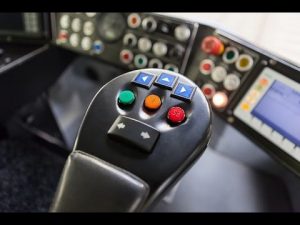
Interior Aesthetics
Before thinking about functional parts or tooling, it’s worth giving an honourable mention to the work that can be achieved on a visual level with 3D printing. With the previously mentioned pressure on public transport stay up to date with modern design trends, interiors of new railway vehicles can be easily designed and printed, with high end printers capable of printing entire rows of seats in strong, resistant FDM materials. For example, a grab handle can be made with machined metal, but can be produced in a fraction of the time when leveraging 3D printing properly, often facilitating a more interesting (if not more robust) design. When everything from coat hooks to shelving can be produced in a few weeks rather than a few months, even the smaller functional aspects of the railway industry can benefit from additive manufacturing. This customisable solution ensures business flexibility and customer satisfaction.
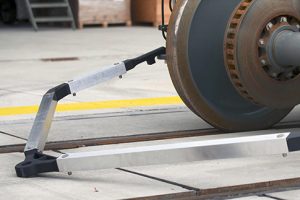
Obsolete Parts
Part obsolescence is likely the content of nightmares for manufacturers everywhere. When a part of an assembly breaks it’s often not too much of an issue – order a new one. But for parts that are 20-30 years old it could be particularly expensive or time-consuming to source them; especially because the cheapest way of buying old parts is to buy them in bulk, which can require a considerable investment. With the ability to design or reuse old CAD designs you can print parts in a low batch, costs stay as low as possible. There are examples of parts such as air ducts, tables and arm rests that can’t be manufactured with the parts that are still being actively manufactured. Going further than the monetary cost, there is an opportunity to save up to 95% on part fabrication times, getting obsolete parts back into the market as rapidly as possible. Your assembly won’t be put on ice for weeks while you wait for a part to be delivered!
With the highest level of repeatability in the industry and advanced, rail-certified, materials, we believe FDM additive manufacturing solutions offer hugs potential to replace traditional manufacturing for a diverse range of applications within the rail industry.
Yann Rageul, Strategic Account Team EMEA, Stratasys
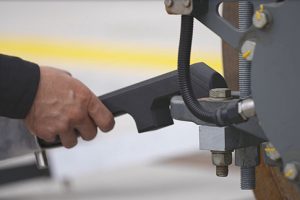
Maintenance & Tooling
It is acknowledged that maintenance is one of the most common applications for 3D printing in the railway industry. With new high-performance materials such as Antero 800 NA and other hard-wearing thermoplastics, additive manufacturing can comply with the rail standard EN45545-2. This standard refers not only the hardness of the materials used, but also the accuracy and reliability of the prints when using these materials.
The cost-effectiveness really cannot be downplayed. When Stratasys worked with Angel Trains to help drive their manufacturing innovation, it was estimated that their average part saving was £120. Due to their spare part stock is around 10,000 parts, there was a total estimated saving of £1.2 million. Besides the initial costs being on the higher side, that number is not to be sniffed at by any business.
Tooling is hugely important for specific needs, and not only comes under the umbrella of this cost reduction, but also benefits from a 40-90% improvement in development time. Being responsive to changing tooling needs can ensure peak efficiency in all areas of your manufacturing process.
These are just a few ways in which additive manufacturing has impacted the rail industry! If you want to find out more about what 3D printing can do for your business then contact us today.
T: 01782 814551
E: info@tritech3d.co.uk

